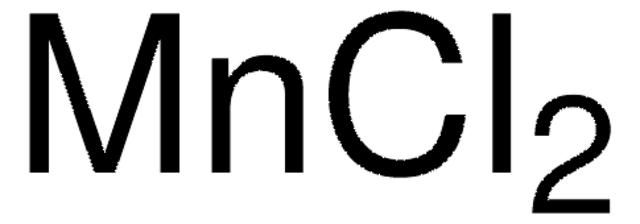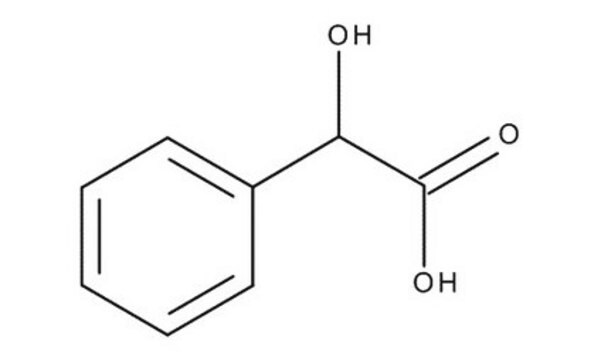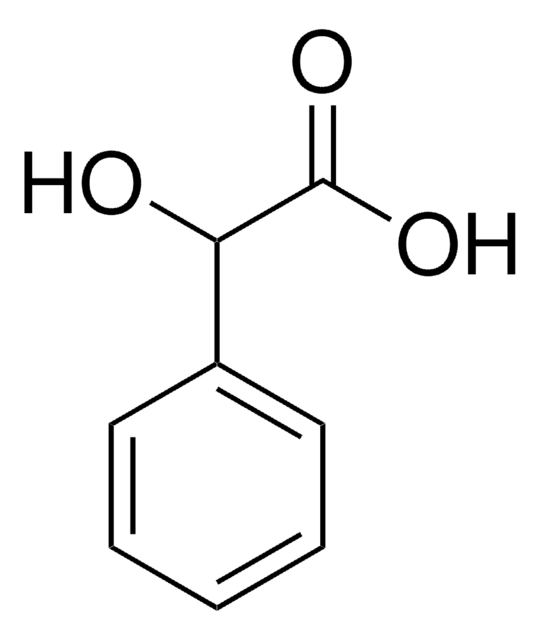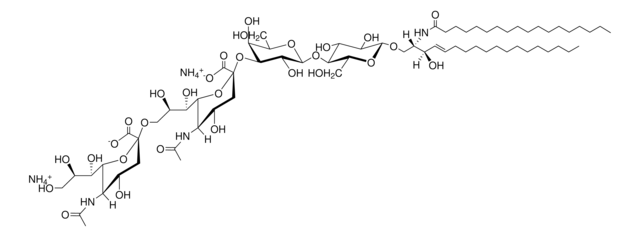Wichtige Dokumente
48795
Mangan(II)-chlorid 0,1 mol/l -Lösung
Synonym(e):
Mangan(II)-chlorid -Lösung, Additiv Screening-Lösung 26/Kit-Nr. 78374
About This Item
Empfohlene Produkte
Qualitätsniveau
Dichte
1.01 g/mL at 20 °C
Lagertemp.
2-8°C
SMILES String
Cl[Mn]Cl
InChI
1S/2ClH.Mn/h2*1H;/q;;+2/p-2
InChIKey
GLFNIEUTAYBVOC-UHFFFAOYSA-L
Suchen Sie nach ähnlichen Produkten? Aufrufen Leitfaden zum Produktvergleich
Anwendung
- as a component of reprogramming media for culturing mouse neonatal tail-tip fibroblasts
- in the mutagenesis of WT clone by error-prone polymerase chain reaction (PCR)
- as a standard in isothermal titration calorimetry and differential scanning calorimetry
Signalwort
Warning
H-Sätze
Gefahreneinstufungen
Eye Irrit. 2
Lagerklassenschlüssel
12 - Non Combustible Liquids
WGK
WGK 1
Flammpunkt (°F)
Not applicable
Flammpunkt (°C)
Not applicable
Persönliche Schutzausrüstung
Eyeshields, Faceshields, Gloves
Analysenzertifikate (COA)
Suchen Sie nach Analysenzertifikate (COA), indem Sie die Lot-/Chargennummer des Produkts eingeben. Lot- und Chargennummern sind auf dem Produktetikett hinter den Wörtern ‘Lot’ oder ‘Batch’ (Lot oder Charge) zu finden.
Besitzen Sie dieses Produkt bereits?
In der Dokumentenbibliothek finden Sie die Dokumentation zu den Produkten, die Sie kürzlich erworben haben.
Kunden haben sich ebenfalls angesehen
Unser Team von Wissenschaftlern verfügt über Erfahrung in allen Forschungsbereichen einschließlich Life Science, Materialwissenschaften, chemischer Synthese, Chromatographie, Analytik und vielen mehr..
Setzen Sie sich mit dem technischen Dienst in Verbindung.







